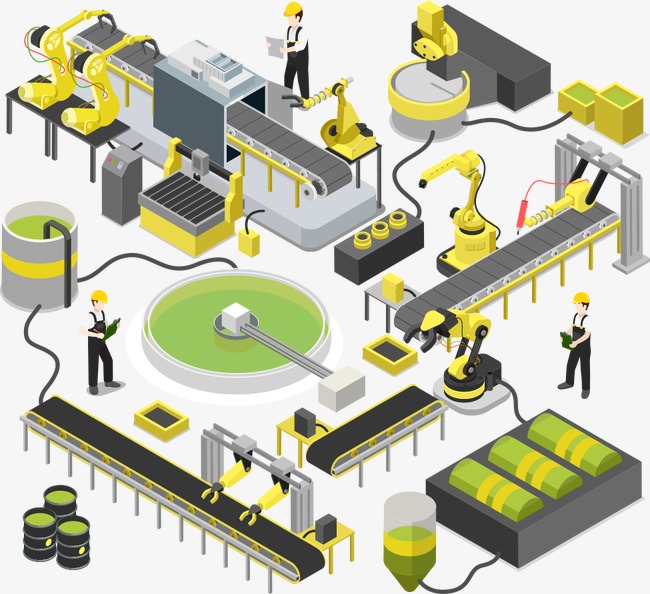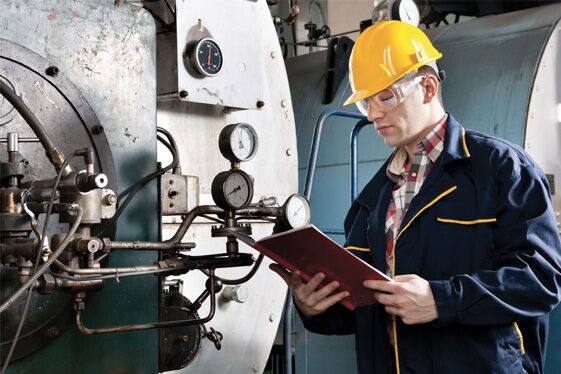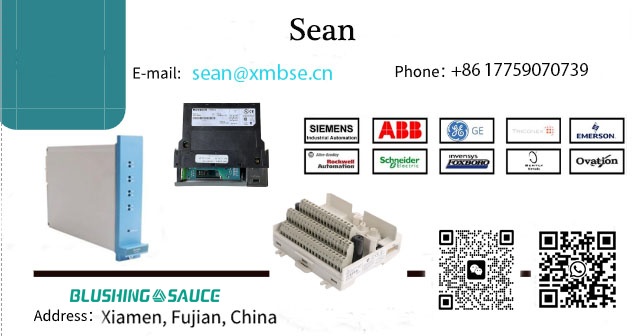Siemens Drives Innovation in Automation and Digitalization
Transforming Manufacturing and Process Industries
Siemens, a recognized global leader in automation and digitalization, is making significant strides in enhancing its offerings within the manufacturing and process industries. The company's latest initiatives highlight its dedication to fostering innovation, boosting operational efficiency, and advancing sustainability across multiple sectors.
Launch of an Advanced Digital Software Platform
Siemens has recently introduced the next generation of its Digital Industries Software Platform, which integrates cutting-edge technologies such as artificial intelligence (AI), machine learning, and the Internet of Things (IoT). This innovative platform is designed to streamline operations for manufacturers, optimize production workflows, and enhance product quality. Notably, the software suite now features improved simulation capabilities, enabling businesses to visualize and test processes before implementation. This proactive approach helps companies identify potential issues and refine operations, ultimately saving time and resources.
Strategic Partnerships for Enhanced Connectivity
In a bid to further solidify its position in Industry 4.0, Siemens has forged strategic partnerships with prominent companies in the fields of automation and IoT. These collaborations are aimed at developing innovative solutions that ensure seamless connectivity between machines, systems, and cloud services. By harnessing the power of data analytics and real-time monitoring, these partnerships will empower clients to make data-driven decisions, thereby enhancing productivity and efficiency within their operations.
Commitment to Sustainability
Sustainability remains a core focus for Siemens as it continues to invest significantly in green technologies and renewable energy solutions. The company is dedicated to creating eco-friendly automation systems designed to minimize energy consumption and reduce carbon footprints. By integrating sustainability into its product development and operational practices, Siemens not only helps its clients achieve their environmental goals but also contributes to a more sustainable future for all.
Expanding Smart Manufacturing Solutions
Siemens is also enhancing its portfolio of smart manufacturing solutions that combine advanced robotics, AI, and cloud technologies. The latest offerings, under the Siemens Smart Factory umbrella, are designed to assist manufacturers in implementing flexible and adaptive production systems. These solutions provide real-time monitoring and control of production processes, resulting in increased efficiency and minimized downtime. As industries shift towards more agile manufacturing practices, Siemens' innovations position businesses to remain competitive in an ever-evolving market.
Investing in Workforce Development
Recognizing the critical role of a skilled workforce in facilitating digital transformation, Siemens is launching new training programs focused on equipping employees with essential skills for the digital economy. These programs will emphasize advanced manufacturing techniques, automation, and data analytics, ensuring that Siemens' workforce is well-prepared to meet the demands of modern industrial operations. By investing in its employees, Siemens not only enhances its own capabilities but also contributes to the overall growth and development of the industry.
Conclusion
Siemens is at the forefront of industrial innovation, making significant contributions to the realms of automation and digitalization. With a strong emphasis on sustainability, smart manufacturing, and workforce development, Siemens is well-equipped to tackle the challenges of today's industrial landscape. The company's recent initiatives underscore its commitment to enabling businesses to achieve greater efficiency, productivity, and sustainability in their operations, paving the way for a more advanced and responsible future.
|
Related products we have in stock |
|||
|
FC-RUSIO-3224 |
1756-IF8I |
P1PH603 |
22F-A1P6N113 |
|
ME4U07AAA |
1756-L63/A |
FS-N13CP |
6DC1001-1FC |
|
140DDO35301 |
1756-L65 |
CM034400 |
NP636 NP. 636 |
|
140DDO36400 |
330180-12-05 |
ME02 148837 |
ELCEDE 42/53138 |
|
140NOE77110 |
330180-50-00 |
VIEWER32 |
MLEGDI16 820558 |
|
140NOM21200 |
330180-50-05 |
IC693PWR330J |
L3355S L3355S02 |
|
140XBE10000 |
330103-00-16-10-01-00 |
MK300 50116463 |
X20PS9400 + X20BM01 BR |
|
140XBP00600 |
330103-00-16-10-02-CN |
4D0132080302B1G |
50128001 GS 63B/6 |
|
140XBP01600 |
330103-00-18-05-02-05 |
PS242 NC4- 06029066 |
OMDV2404G 0MDV2404G |
|
140XCA71706 |
330173-00-05-10-12-00 |
ZE401 048379-101401 |
SRB-NA-R-C16-0,55S-24V |
|
140XCP50000 |
330173-07-11-10-02-00 |
PCI-CAN ASSY189063C-01 |
Ddr1-05g DDR105G 0011109 |
|
140XCP51000 |
330173-08-18-10-02-00 |
50105421 BCL8SN492BHAM |
R412018218 AES-DB-SC-PDP |
Amikon sells new and surplus products and develops channels to purchase such products.
This site is not approved or endorsed by any of the listed manufacturers or trademarks.
Amikon is not an authorized distributor, dealer or representative of the products displayed on this site.
All product names, trademarks, brands and logos used on this site are the property of their respective owners.
The description, illustration or sale of products under these names, trademarks, brands and logos is for identification purposes only and is not intended to indicate any affiliation with or authorization by any rights holder.




